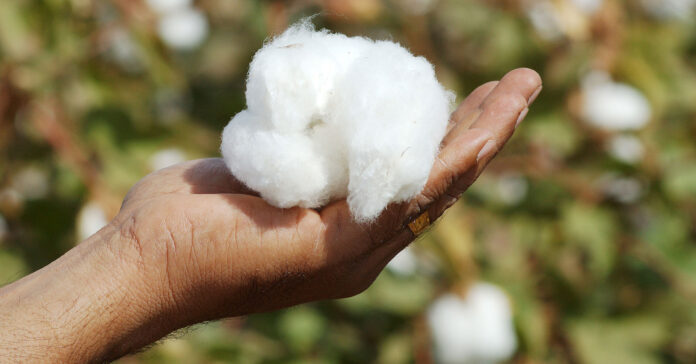This is the story of how one of Pakistan’s most valuable crops was destroyed in less than 15 years. According to data released by the Pakistan Cotton Growers Association (PCGA) last week, Pakistan’s cotton output has now fallen to its lowest levels in the past 40 years. To those that have been observing the cotton industry for the past few years, the massive dip does not come as a surprise.
Over the past two decades, the cotton crop in Pakistan has fallen out of demand, has become internationally uncompetitive, and output has fallen by a whopping 65% from 14 million bales being produced in 2005 to 4.9 million bales being produced in 2023.
Once the darling of farmers and agriculturalists, the area dedicated to cotton farming has also been shrinking significantly since the late 2000s while competitor countries like Egypt have increased the area they are dedicating to growing cotton. Other than a brief recovery in 2022, when output increased only because of an irregularity of international trade created by the Covid-19 pandemic, cotton has continued to fall out of favour and the results have meant a complete shift in Pakistan’s exports. The content in this publication is expensive to produce. But unlike other journalistic outfits, business publications have to cover the very organizations that directly give them advertisements. Hence, this large source of revenue, which is the lifeblood of other media houses, is severely compromised on account of Profit’s no-compromise policy when it comes to our reporting. No wonder, Profit has lost multiple ad deals, worth tens of millions of rupees, due to stories that held big businesses to account. Hence, for our work to continue unfettered, it must be supported by discerning readers who know the value of quality business journalism, not just for the economy but for the society as a whole.To read the full article, subscribe and support independent business journalism in Pakistan

























